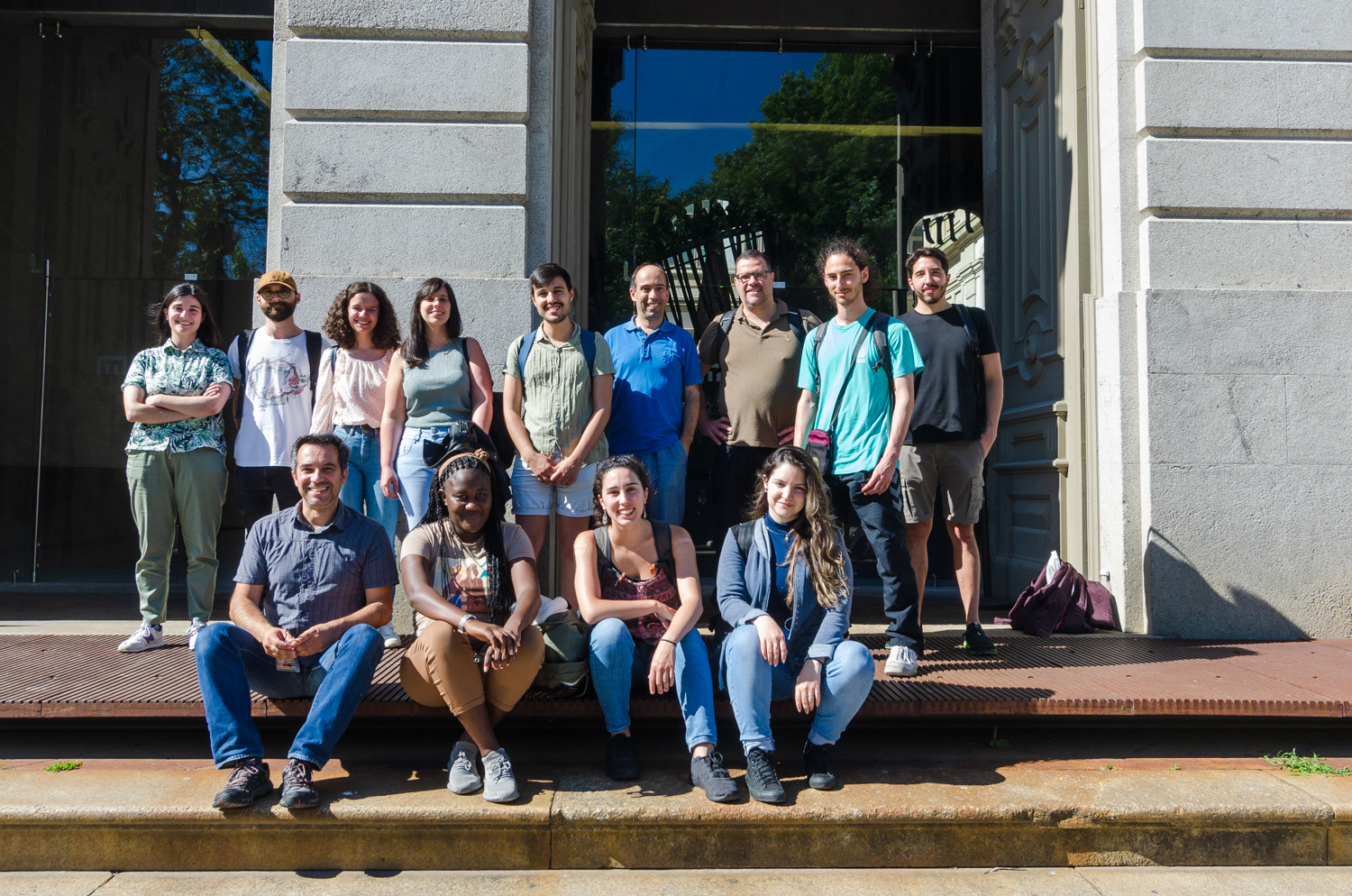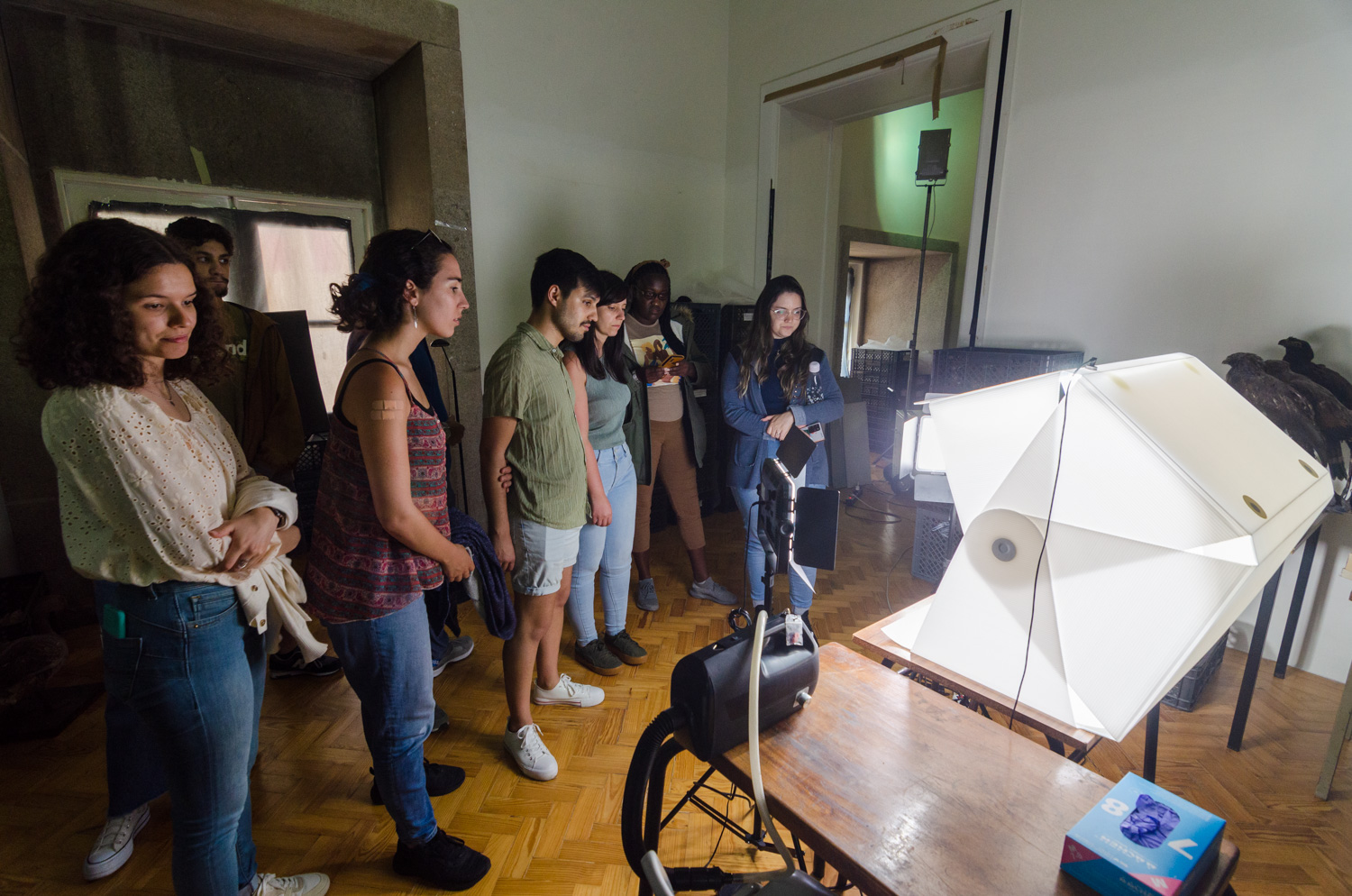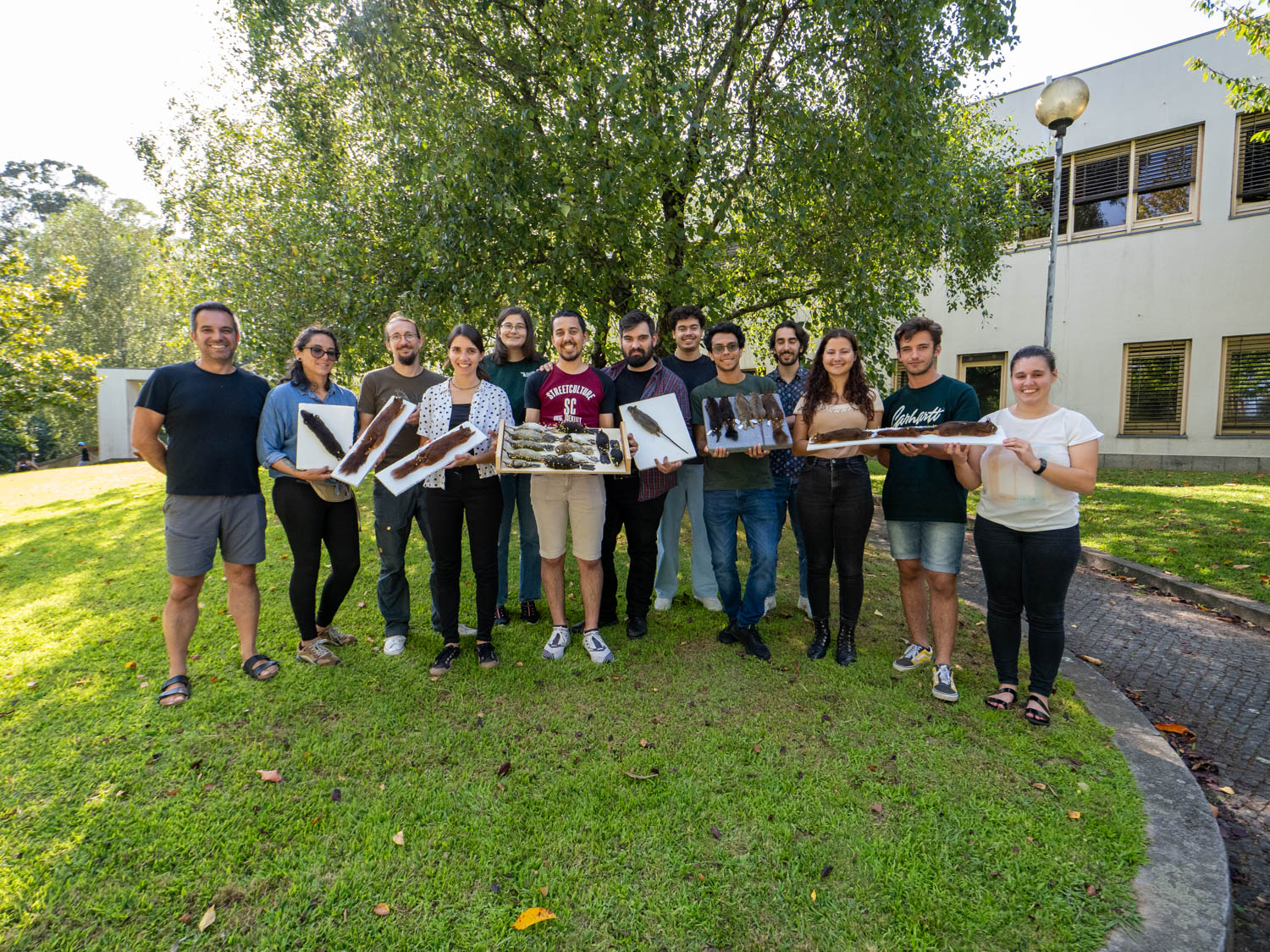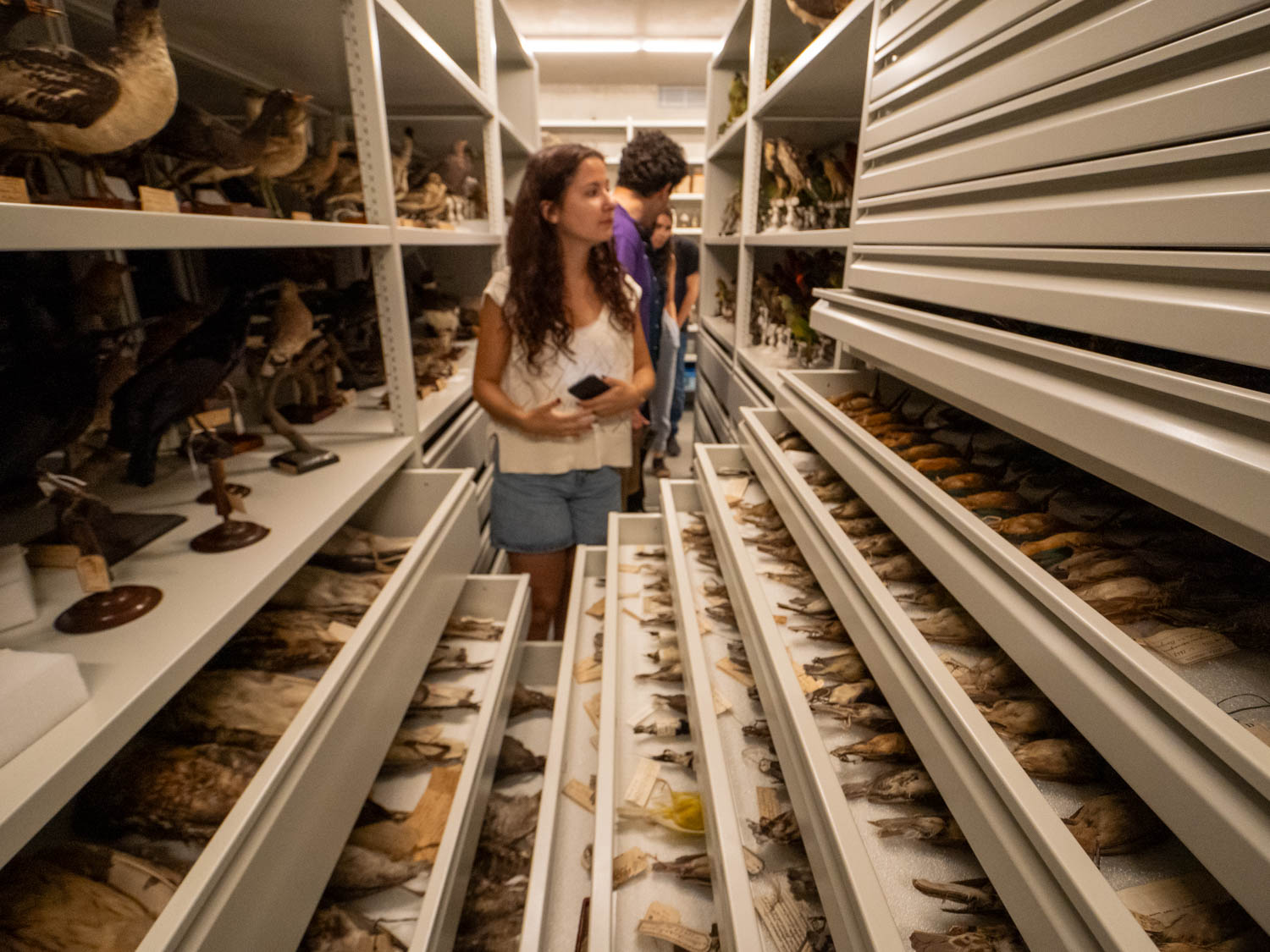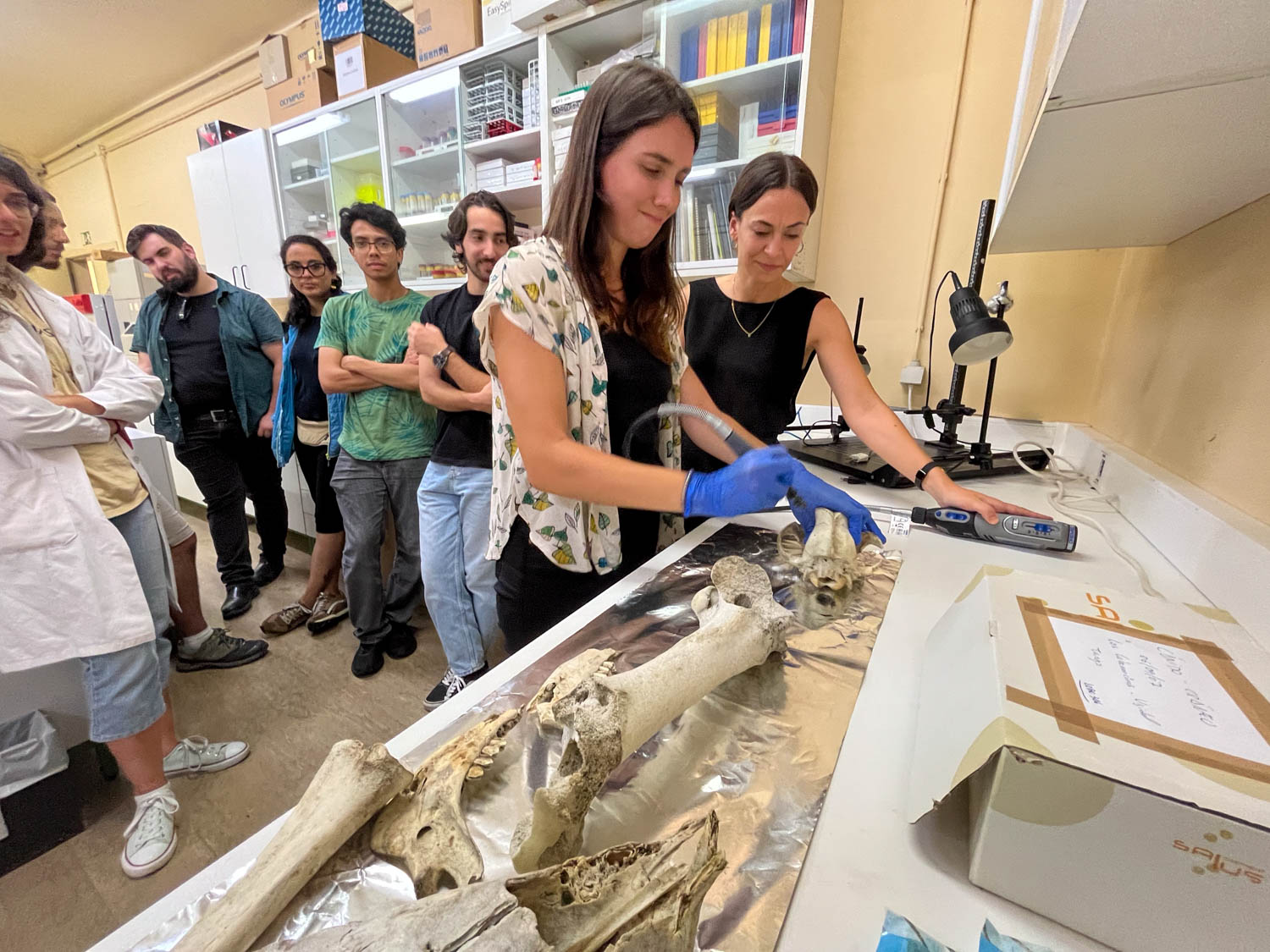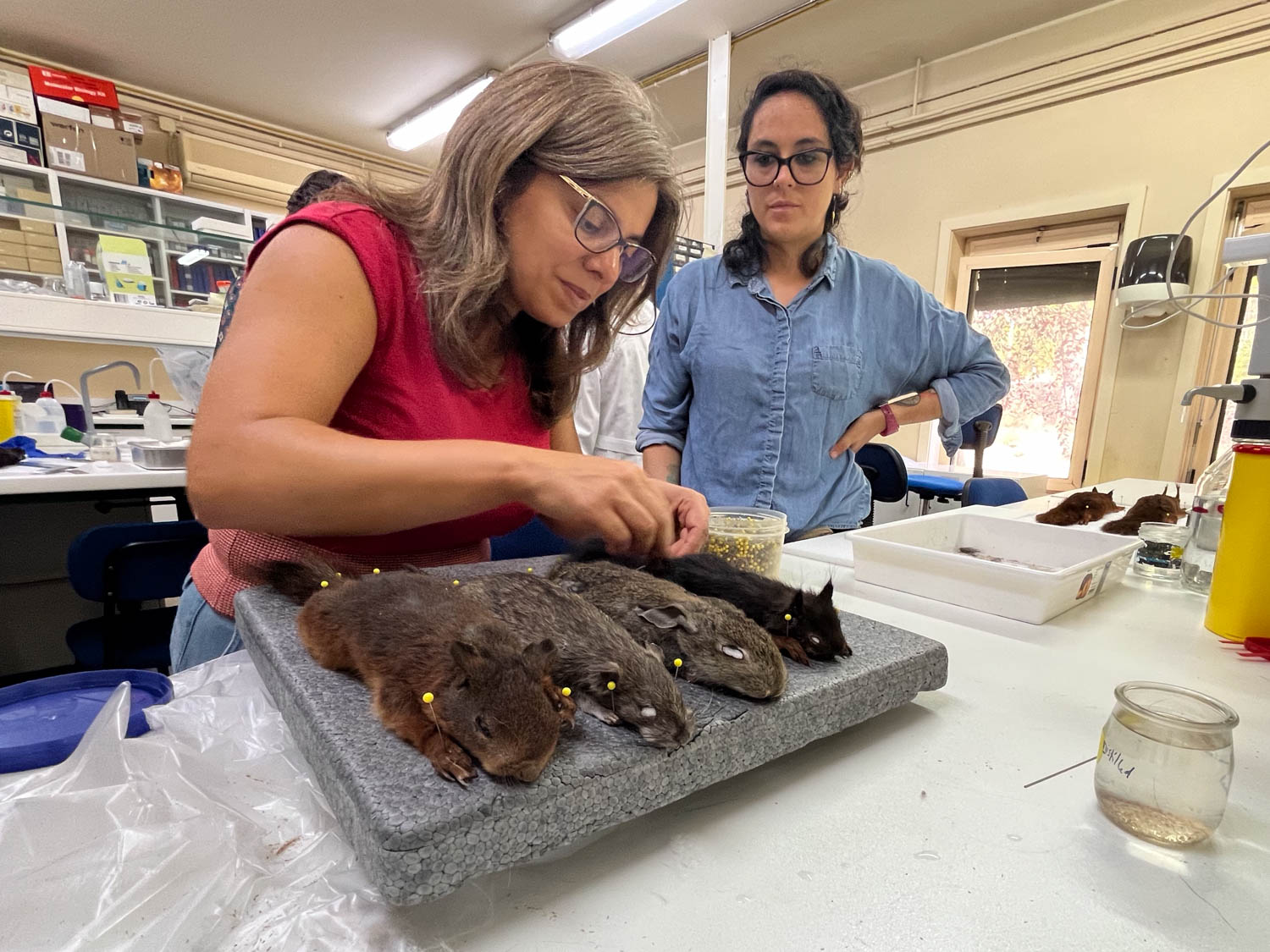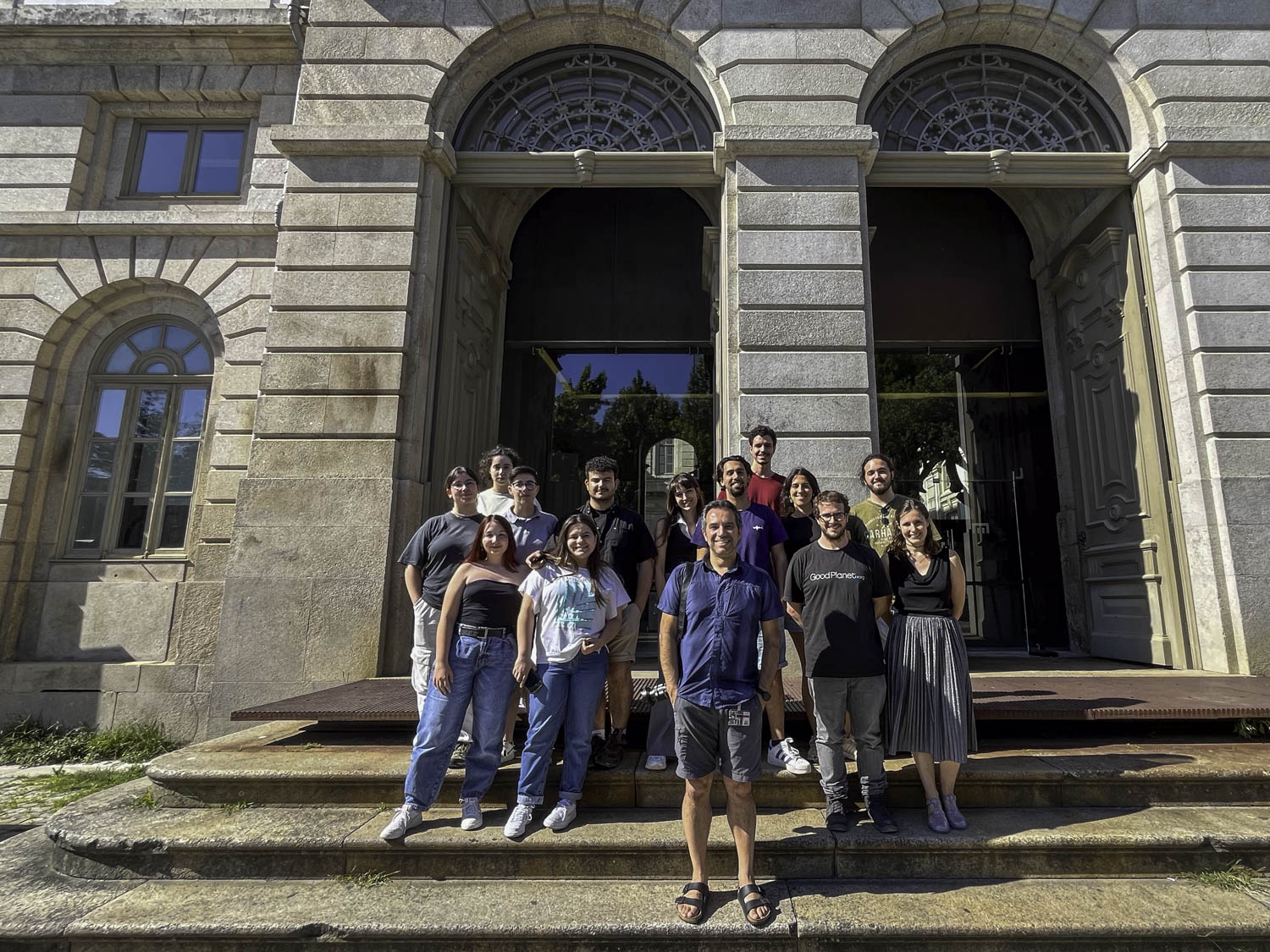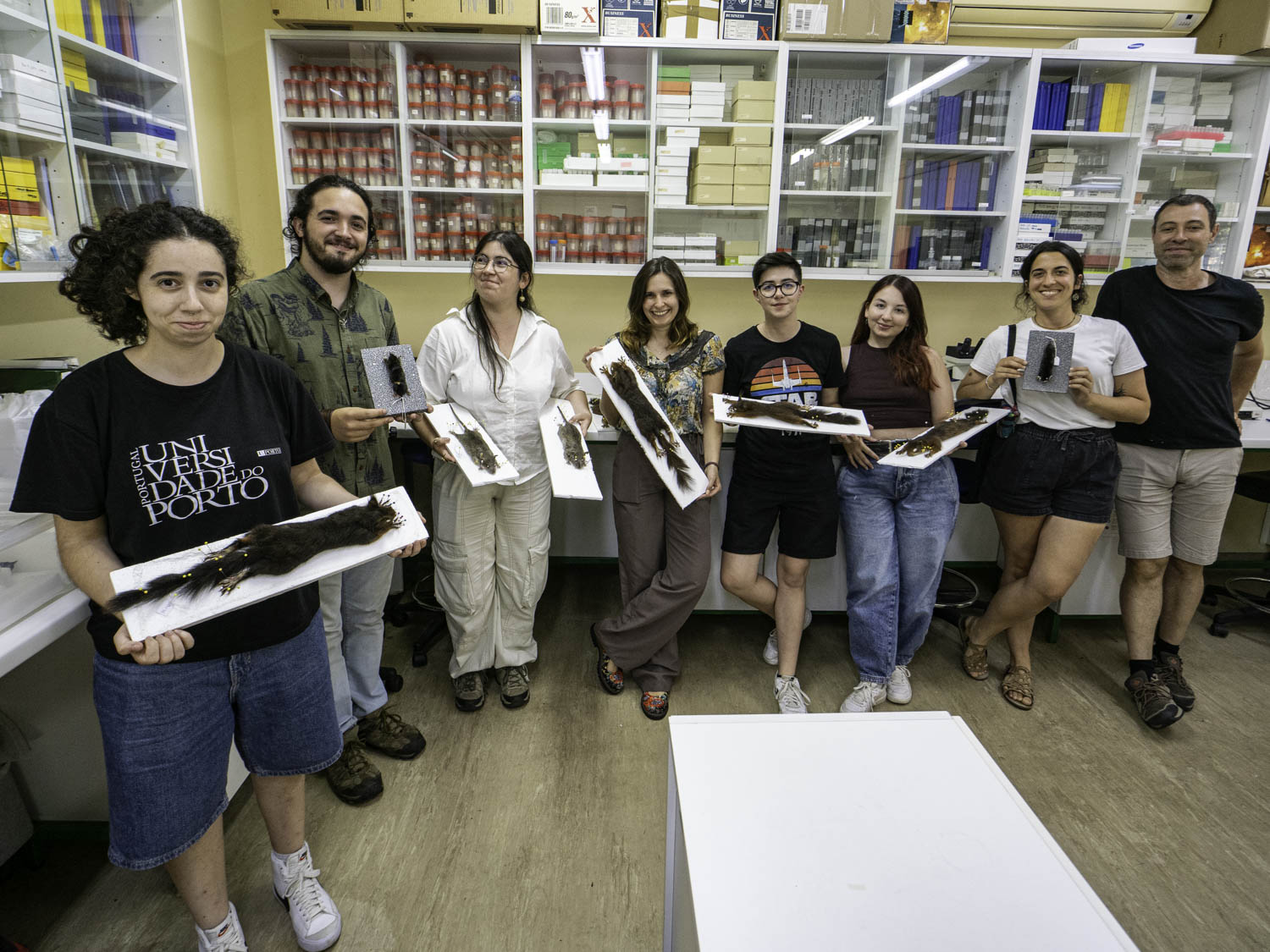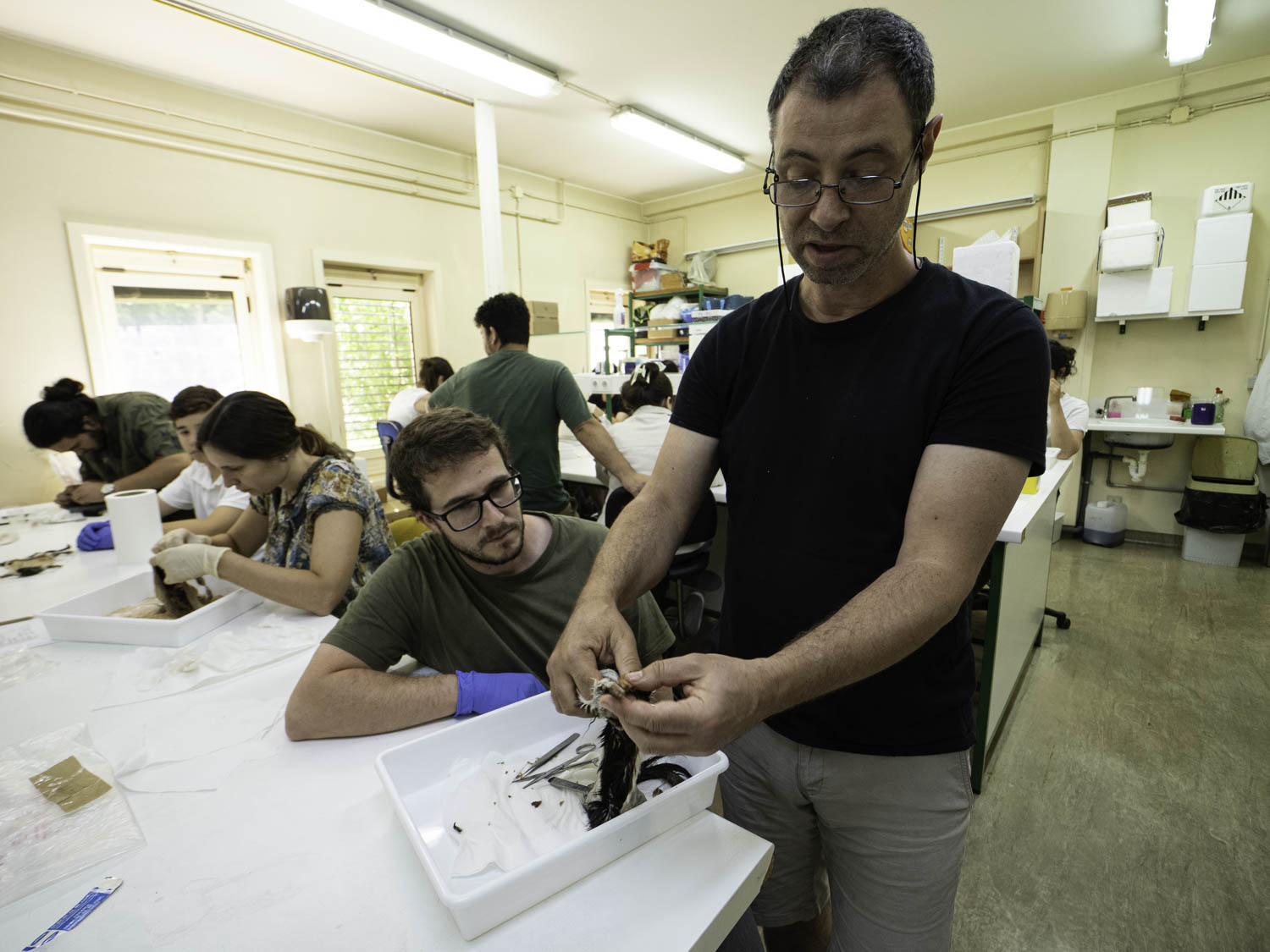Museum Techniques in the 21st Century
Already at its 7th edition, this is an advanced PhD intensive course on the innovative uses of museum’s resources for vertebrate’s research. By the end of this course students will have an updated overview of the potential of museum collections for biodiversity research.
This course is part of the course portfolio that is offered to the students by the CE3C-FCUL. Check the other courses in here.
🧐 training
The host instructors, from CE3C-FCUL, Centre for Ecology, Evolution and Environmental Changes at the Faculty of Sciences and MUHNAC, the National Museum of Natural History and Science of the University of Lisbon.
Ricardo Jorge Lopes, will organize and teach most of the concepts concerning curating, and using museum specimens, while the team of taxidermists of MUHNAC, Pedro Andrade and Ana Campos will share their knowledge and experience on preparing vertebrate specimens. This will be complemented by lectures of several invited researchers (presential & online).
Students will practice how to prepare bird and mammal specimens, how tissues can be obtained and preserved for a variety of uses, how to obtain coloration data, how to prepare 3D models and digital vouchers, and how to prepare and clean data from specimens and how to retrieve them from global repositories.
🔎 where
Lectures and practicals are held at the MUHNAC, the National Museum of Natural History and Science of the University of Lisbon, located at the Rua da Escola Politécnica, 58. To get there by metro, you can get out at the terminal station of the Metro Yellow line (Rato).
🎓 topics
beyond the specimen present the “extend specimen” concept, and the potentially limitless use of Biological collections.
whole specimen discuss state-of-the-art ‘whole specimen’ techniques including CT scanning, 3D models, 3d printing.
genetics consider how museum specimens provide genetic and genomic resources and how to retrieve genomic data from historical specimens.
molecular present other non-genetic molecular methods, such as stable isotopes, toxicology and quantification of coloration.
data understand the potential of the spatial and temporal data, available in global repositories, such as GBIF and the power of machine learning techniques to mobilize data from specimens.
preparations practice the ways that vouchers of vertebrates can be prepared to ensure that quality data is available for generations to come.

